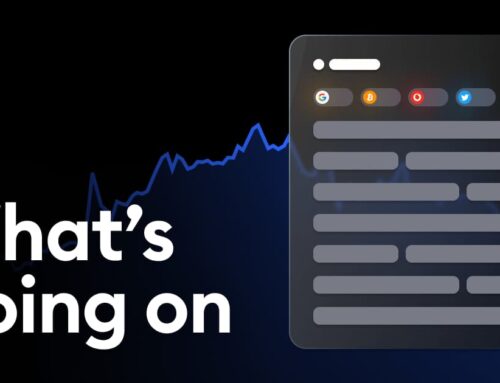Health savings account contributions, investments can be boosted by one key thing
June 16, 2025
New research also reveals that one third of HSA holders withdrew more than their put in.
With American retirees living longer, but likely requiring increased health care provision, the importance of ensuring that retirement planning includes health costs is clear.
But while health savings accounts offer solution that combines retirement and health care savings in one account, new research highlights how one key thing can boost contributions and the investments included in HSAs.
The report from EBRI drew on the organizations’ database of over 14.5 million accountholders and analyzed data from 2023. It found that although few accounts saw the maximum contributions allowed in that year, balances did increase despite higher spending on health care as out-of-pocket expenses increased 7.5% from the previous year.
Although only 15% of accountholders overall invested their HSAs in assets other than cash, despite this being a key component of HSAs and their tax advantages, those that received an employer contribution reflected higher total contributions and were more likely to invest. In all, 43% of accountholders received an employer contribution.
“This evidence suggests that employers can play a crucial role in fostering employee engagement with their HSAs. One clear avenue is for employers to contribute to an employee’s HSA on their behalf,” said Paul Fronstin, Ph.D., report co-author and director, Health Benefits Research, EBRI. “Providing an employer contribution to an HSA will not automatically turn that accountholder into an investor who uses their HSA as a long-term savings vehicle instead of a short-term spending vehicle.”
More than half of the accounts in the database took a distribution in 2023, with one third taking out more than they put in. The average distribution was $1,801. While older HSA holders were more likely to take distributions more frequently, they were also more likely to contribute more and to invest at least some assets other than cash in their HSA.
“Accountholders with employer contributions still take larger distributions than their counterparts who did not receive an employer contribution,” added Fronstin. “However, it is clear that plan sponsors and administrators play a critical role in helping accountholders take a longer-term view of HSAs and the role they can play in their financial wellness.”
Search
RECENT PRESS RELEASES
Related Post



